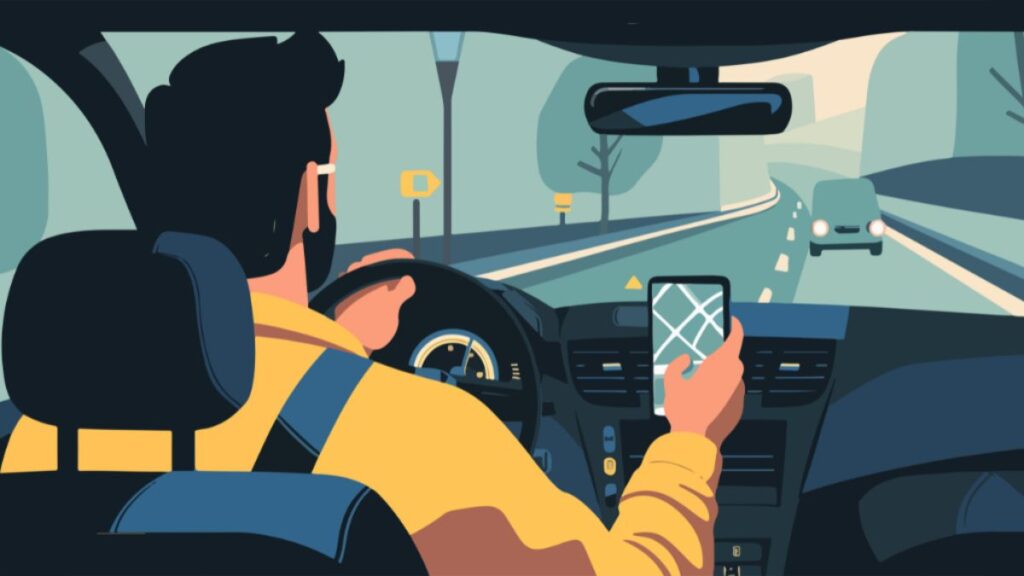Changes often bring challenges in life. Whether moving to a new country or going for a long visit, you’re bound to face many issues like adapting your driving style. Driving in a new country involves learning new road rules and traffic regulations, understanding local driving culture and adapting to a different traffic and road management system. While it may not sound like much, adapting to so many changes can be overwhelming, especially if you’re learning to drive. And if you’re planning to drive in Australia, especially in cities like Sydney or Melbourne, you’ll want to be well-prepared before hitting the road. Joining a Safer Drivers Course from a good local driving schoolcan help you learn the nitty-gritty of driving in Australia and your locality. This post explores some helpful tips for driving in a new country so that you can navigate the roads safely and confidently.
Tips for Driving in a New Country
1. Understand Local Traffic Laws
A vast and diverse country like Australia would naturally have its own set of traffic laws. If you’re new to Australia, it’s essential to understand the road rules of your city before you start driving. For example, Australians drive on the left side, are very particular about wearing seatbelts, follow speed limits strictly, and don’t use a mobile while driving. Learning such small yet crucial details can help you adjust to driving easily. You can also enroll in a Safer Drivers Course or take a few lessons at a Sydney Driving School to get accustomed to local traffic rules and road etiquette.
2. Get a Valid Driving License
Having a driving license of your native land may or may not work when you’re driving in a new country. Some countries allow using their licenses in a new country for a limited period. So, it’s better to confirm whether your current license is considered valid in Australia before you hit the road. However, if you plant to stay for a longer period, you may need an International Driving Permit (IDP) or have to apply for an Australian license. If you’re confused about the process or want to know more, try getting help from a local driving school. Most of them readily offer help and can make your process smoother.
3. Learn Road Signs and Signals
All countries have their own road signs which may differ greatly from others. So, if you’re planning on driving in Australia, you must first learn the local road and traffic signs. There are many differences in symbols used for speed limits, pedestrian crossings, and warning signs about wildlife. Understanding these signs can help you drive safely in the unfamiliar environments of a new country.
4. Choose the Right Vehicle
If you’re new to a country and thinking od driving there, you’ll want to rent or buy a car first. However, when selecting a vehicle, make sure you consider where you’ll be driving it. The roads and terrain you want to drive on make a big difference in the type of vehicle you should select. For example, driving through congested city traffic in an SUV may cause you more frustration compared to using a compact car on the same roads. Similarly, a small car may not be able to withstand the rough roads of rural areas compared to sturdy four-wheelers. Moreover, getting your vehicle properly insured is also essential. Don’t know where to start? You can reach out to some reputed driving schools that offer lessons to help you understand and get familiar with different vehicle types.
5. Learn the Driving Culture
It’s better to take some lessons from a local driving school before driving in a new city, especially in a country like Australia. Each country has its own distinct traffic culture. While some countries are strict about certain road rules, others may take a laidback approach. Australians are courteous on the road but prefer to strictly follow rules too. They have strict lane discipline and are very particular about stopping for pedestrians at crossings or using indicators when turning or changing lanes. It is important for an outsider to learn this intricacies of traffic culture to drive smoothly and safely.
6. Understand Road Conditions
The road and traffic conditions can change depending on the roads and areas where you’re driving. With Australia’s diverse landscape, road conditions can differ greatly from one city and locality to another. While most urban roads are well-maintained and orderly, rural roads may not be the same. Rural roads can have unpaved roads, empty highways, narrow lanes, and also wildlife trying to cross the road, especially at dawn or dusk. Plus, weather may change suddenly and affect your visibility or create hazards on the road. Understanding the road and weather conditions of your area can help you prepare well and drive safely.
7. Use Navigation Tools
Nowadays, GPS can help you navigate almost any area. But in a new country, you should also carry a physical map as a backup. If you’re traveling to remote areas with limited mobile coverage, having a physical map can come in handy. However, for navigating city traffic, you can use apps like Google Maps and Waze to avoid traffic and find the best routes.
Conclusion
Driving in a new country may seem like an uphill battle at first. But if you’re well-prepared, you can easily take on this challenge and come out victorious. The above tips can help you prepare yourself mentally and physically before hitting the road so you don’t make serious mistakes and drive safely and responsibly. And if you want to be better prepared, take driving lessons from a reputed driving school or join a Safer Drivers Course in your city. It can help you learn local road rules, get professional help in honing your driving skills, and build confidence in your driving abilities. With the right knowledge and preparation, you can make driving in a new country a safe and stress-free experience.







